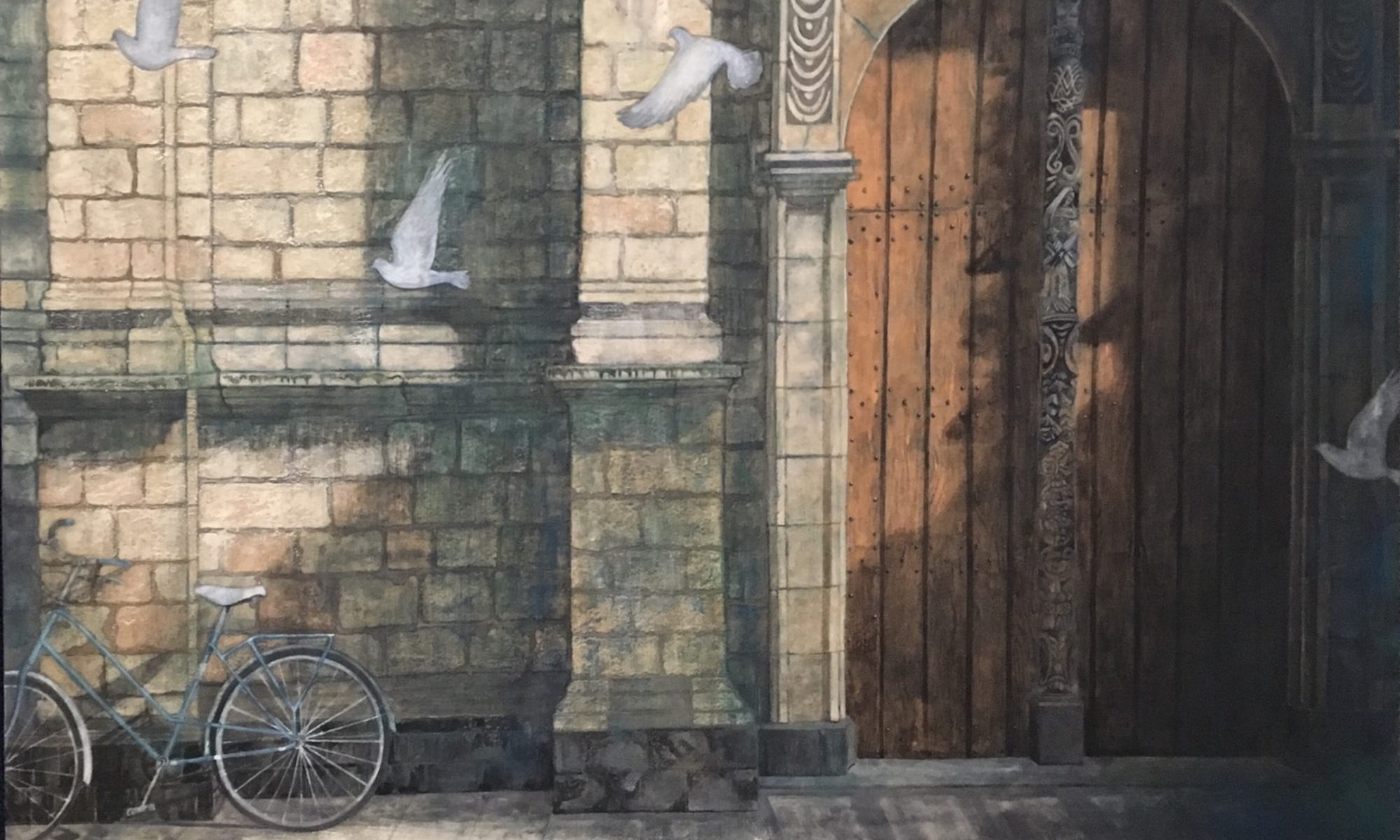新しい立方体作品が完成しました。前のテーマは春だったので今回は夏です。夏の太陽によって景色が色鮮やかになる様を表現しました。制作中はいつもYouTubeで何かしらの音楽を流してますが、今回は辻井伸行さんのピアノにハマってずっと聴いてました。彼のピアノは癖がなくて音が美しいので心に響きます。美しい音で人を感動させられるって素晴らしいです。私も美しい作品で人を感動させられる様なアーティストを目指します^ ^
A new cubed work was completed. Previous theme was spring and this one is summer. I expressed the color of scenery becoming vivid by summer’s sunshine. While making I always listen some music via YouTube, and this time I was into the play by pianist Nobuyuki Tsujii. His piano has no quirks and the sound is really beautiful, so it touches my heart. It’s wonderful to be able to impress people with beautiful sounds. I also aim to be an artist who can impress people with beautiful works:)
